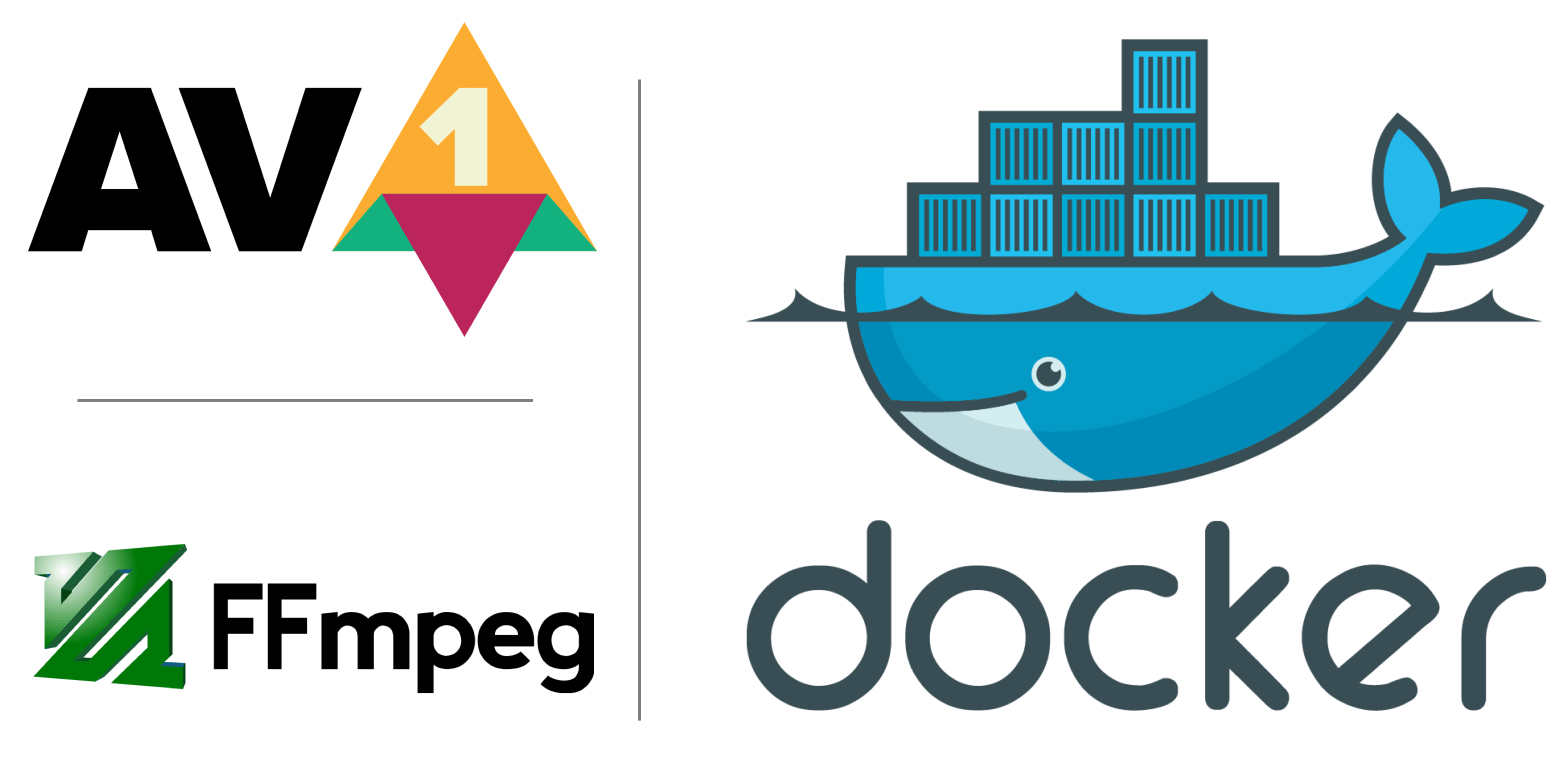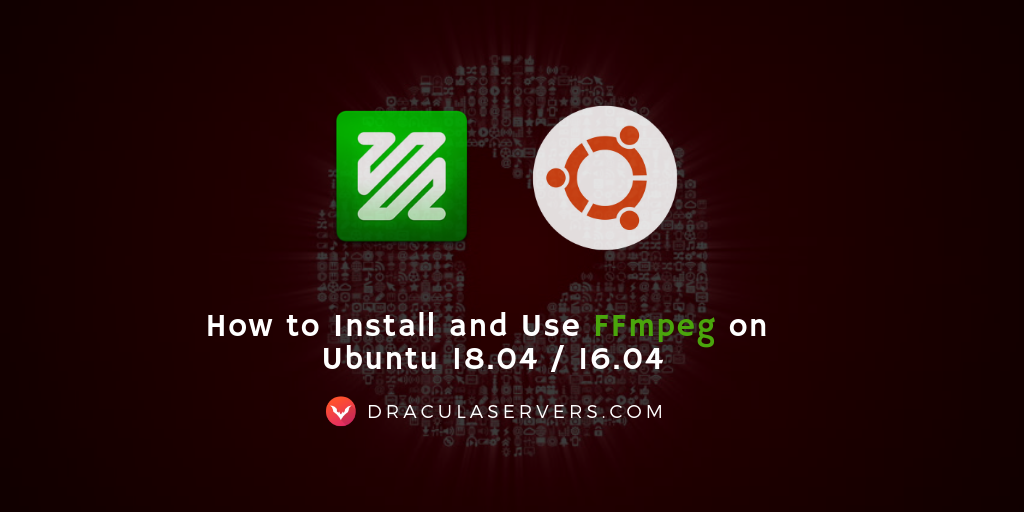
Here is the FFmpeg build configuration used in this image: ffmpeg version 3.0 Copyright (c) 2000-2016 the FFmpeg developers built with gcc 5.3.0 (Alpine 5.3.0) configuration: -enable-version3 -enable-gpl -enable-nonfree -enable-small -enable-libmp3lame -enable-libx264 -enable-libx265 -enable-libvpx -enable-libtheora -enable-libvorbis -enable-libopus -enable-libass -enable-libwebp -enable-librtmp -enable-postproc -enable-avresample -enable-libfreetype -enable-openssl -disable-debug libavutil 55. So I choose Alpine Linux which is a lightweight Linux distribution, and I ended up with an image of 106MB only. You have to compile it which implies that you need to install a ton of dependencies and have a development environment setup! I’ve been doing this for a decade and it’s not that simple.Ī typical FFmpeg image on Docker Hub is +350MB and I wanted it to be as small as possible.

The problem with FFmpeg is that it is not easy to install.


FFmpeg is a free software project and is the leading software for everything related to multimedia like video encoding, streaming and muxing.


 0 kommentar(er)
0 kommentar(er)
